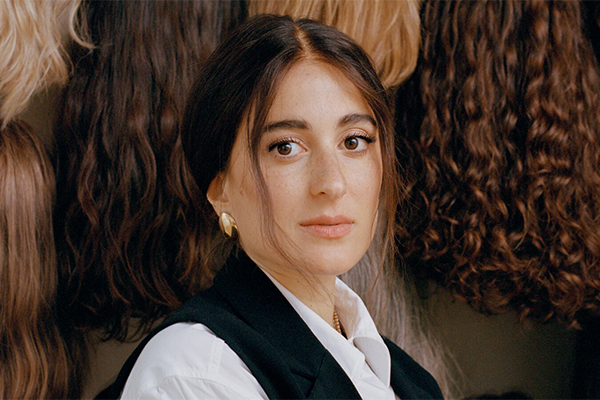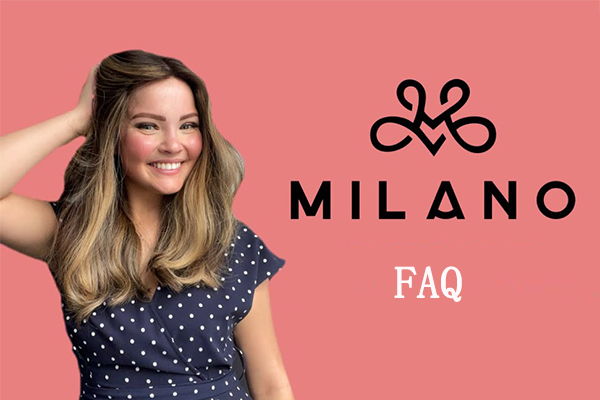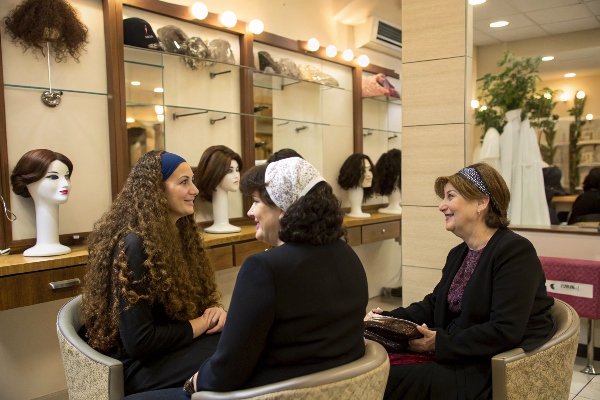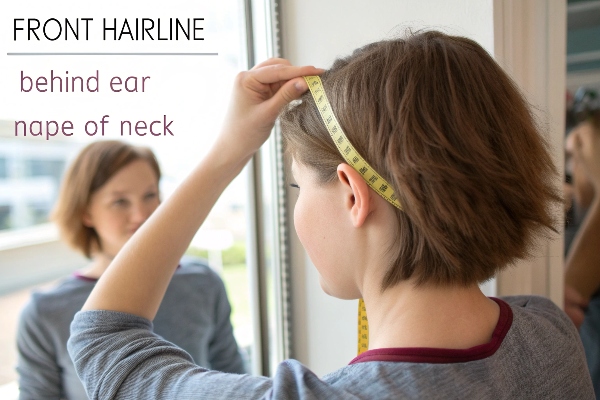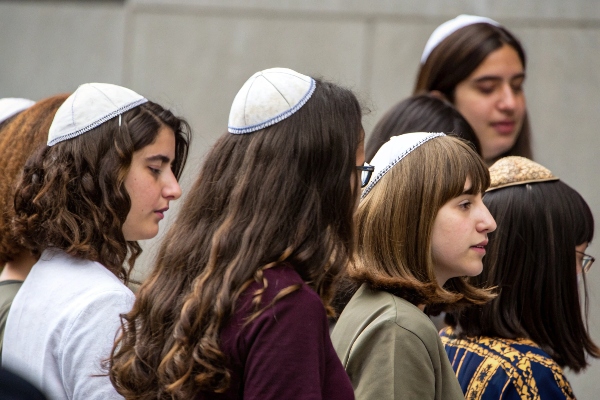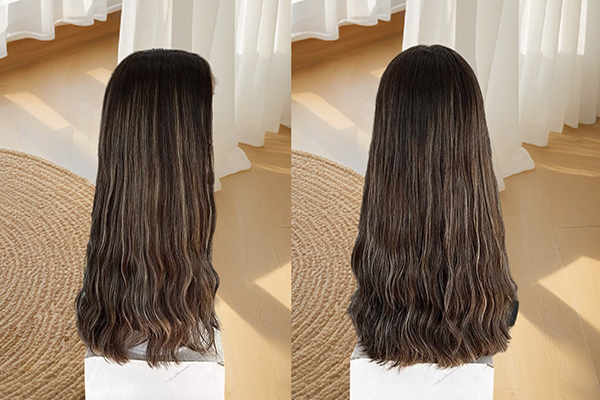Wig-wearing among Jewish women has historical roots. Where did it begin?
The practice began in Eastern Europe during the 18th century as a response to cultural changes. Wigs offered Jewish women a way to adhere to modesty laws while fitting in with societal norms.
As women married, they would cover their hair as prescribed by tradition, and wigs1 became a fashionable and practical solution that allowed them to maintain modesty2 without sacrificing personal style. Over time, this practice evolved, becoming a significant expression of both faith and identity, reflecting the balance between longstanding religious observance and the adaptation to contemporary social customs. This enduring tradition continues to empower women today, highlighting their strength and adaptability in navigating both their religious commitments and modern life.
What Religion Has to Wear Wigs?
Wigs are part of specific religious practices. Which religion includes this?
Orthodox Judaism includes wig-wearing among women, known as sheitels, as a form of modesty after marriage, reflecting a commitment to religious laws.

This practice is rooted in the interpretation of Jewish texts3 that emphasize the importance of covering one’s hair as a sign of dignity and respect. By wearing sheitels4, Jewish women honor their faith and cultural heritage while simultaneously embracing contemporary styles and aesthetics. This balance between tradition and modernity helps women navigate their religious obligations while enhancing their self-expression, embodying a strong connection to their identity as members of the Jewish community. Ultimately, it underscores the significance of faith in their everyday lives.
What Religion Does Not Show Hair?
Privacy integrates with practice. Which religion avoids showing hair?
In Orthodox Judaism, married women cover their hair to maintain modesty, often using wigs, hats, or scarves.
This practice signifies a commitment to the traditional values surrounding personal dignity5 and religious observance. By covering their hair, these women embody the belief that hair is a private part of their identity, meant only for their husbands. This strong emphasis on modesty illustrates6 the broader cultural importance placed on privacy within the community. Such hair-covering practices also serve as a visual reminder of their faith, allowing them to express their devotion while navigating the complexities of modern life. Ultimately, it reinforces the balance between personal expression and adherence to deeply held religious beliefs.
What Religion Covers Women’s Hair?
Covering hair is a common ritual. Which religions follow this?
Both Orthodox Judaism and Islam involve practices where women cover their hair, reflecting modesty and religious observance.

This practice signifies a commitment to the traditional values surrounding personal dignity and religious observance. By covering their hair, these women embody the belief that hair is a private part of their identity, meant only for their husbands. This strong emphasis on modesty illustrates the broader cultural importance placed on privacy within the community. Such hair-covering practices also serve as a visual reminder of their faith, allowing them to express their devotion while navigating the complexities of modern life. Ultimately, it reinforces the balance between personal expression and adherence to deeply held religious beliefs.
Can Jews Braid Their Hair?
Cultural expression complements observance. Is braiding allowed?
Yes, Jews can braid their hair. Braiding is a personal choice and does not generally conflict with religious guidelines surrounding hair.
For many individuals within the Jewish community, braiding can serve as a form of artistic expression7 and cultural identity. It enables women to showcase their creativity while adhering to modesty principles. Additionally, this practice can vary significantly among different Jewish communities, reflecting diverse customs and interpretations of religious law. Ultimately, braiding allows for personal expression within the framework of religious laws, highlighting the dynamic nature of cultural practices8 in everyday life. This flexibility underscores how tradition can coexist with personal style and individuality.
Is Dying Your Hair Kosher?
Personal choices align with faith. Is hair dyeing acceptable?
Dyeing hair is generally permissible in Judaism, as long as it doesn’t conflict with modesty or other religious principles.
Many Jewish individuals embrace hair dyeing9 as a way to express their personal style and creativity without compromising their commitment to their faith. It allows them the freedom to experiment with different colors while still honoring their cultural and religious identity. However, it’s essential for practitioners to consider the guidelines of their specific community, ensuring that their choices align with both personal beliefs and broader traditions. Ultimately, hair dyeing can serve as a celebration of individuality that harmonizes with longstanding values in the Jewish faith.
Conclusion
Hair practices in Judaism blend historical traditions, religious laws, and personal choices. Understanding these elements offers insight into a rich cultural heritage that balances faith with individuality.
Exploring this link will provide insights into how wigs have shaped women’s fashion and identity across cultures. ↩
This resource will help you understand the diverse interpretations of modesty and its impact on women’s style globally. ↩
This resource will provide insights into the religious and cultural context of hair covering in Judaism. ↩
Exploring this link will deepen your understanding of sheitels and their cultural importance in Jewish tradition. ↩
Exploring this link will deepen your understanding of how personal dignity shapes cultural norms and values. ↩
This resource will provide insights into the role of modesty in various cultures, enhancing your perspective on social practices. ↩
Exploring this link will deepen your understanding of how artistic expression shapes cultural identity, especially in diverse communities. ↩
This resource will provide insights into the evolution of cultural practices, showcasing their adaptability and relevance in modern society. ↩
Explore this link to understand how hair dyeing reflects personal style while respecting Jewish traditions. ↩

